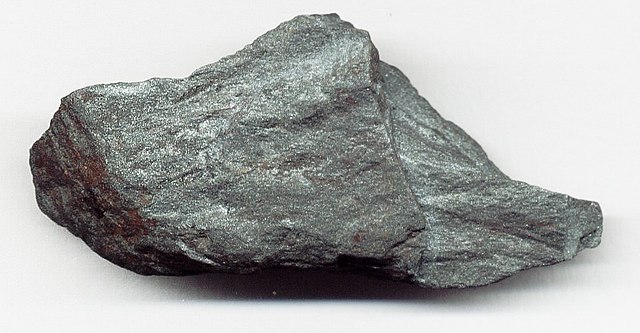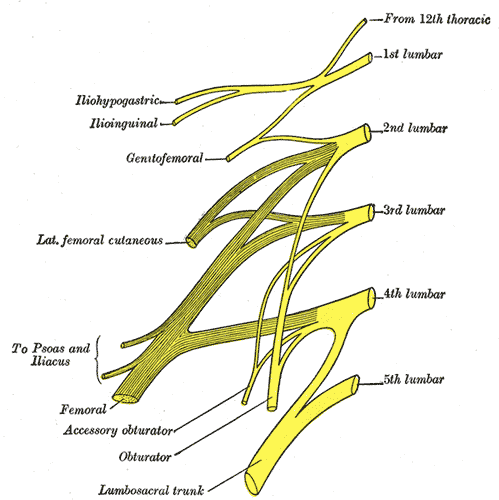We just learned about the Gero Cross.
Another ancient sculpture from the same time, was the Stenkvista Runestone.
This was made in Sweden, and it was a large stone carved near a grave to honor someone who had passed.
In the northern countries of Europe, they believed in the mythical Norse gods like Thor.
On the rune stone, you can see what looks like an upside down capital letter T.
That is Thor's hammer Mjölnir.
The words carved in the stone are in old letters called runes, and the words mean:
Helgi and Freygeirr and Þorgautr raised the rune-decorated landmark in memory of Þjóðmundr, their father.

(from: wikipedia - stenkvista runestone)
Kid Facts - Blast from the past: The City Rises - Boccioni






